Feb 17, 2022
Black History Month Week 3
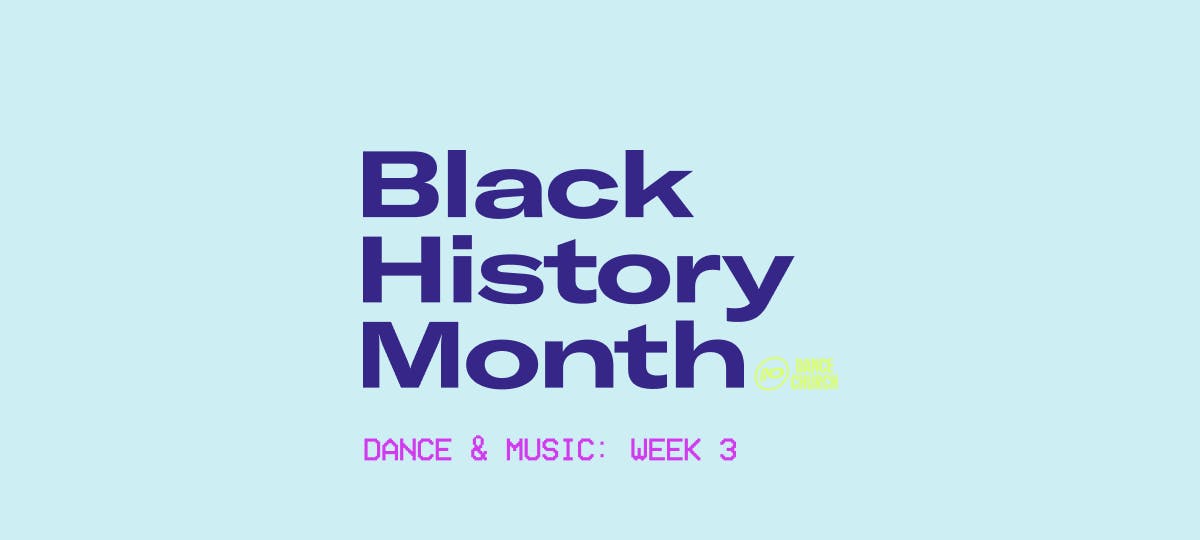
Street dances, Tap dance, and Vogue
This week we will be highlighting the origins and styles of Popping and Locking, American Tap Dance, and Voguing/Ball culture
Popping
Taking the scene by storm, popping became popularized in California in the 1960’s. This dance style is characterized by sudden tensing and releasing of the muscles (“hitting”) to the rhythm of beats in music. One individual who created the signature popping style “The Boogaloo” was Boogaloo Sam. With the whole body being loose, the dance gives the illusion of having no bones.
Check out this clip of Boogaloo Sam performing his style in multiple venues.
Of course, Boogaloo Sam is not the only one person to create a signature style of popping. Below are different popping styles created by other dancers of the time that are worth looking into:
- Animation
- Dime Stop
- Gliding
- Isolation
- Miming
- Popping
- Scarecrow
- Snaking
- Strobing
- Strutting
- The Robot
- Ticking
- Tutting
Here’s some more inspiration for you :) Many of the above styles are referenced in the video below:
Locking
Locking surfaced slightly later than popping, in the 1970’s, and was more specifically rooted and fostered in Los Angeles proper. Originally called Campbellocking, from it’s creator Don Campbell, the key element of locking is the freezing or contracting of movements and body parts with the music. Below is a video to Don Campbell talking about the locking style.
Similar to popping, there are many stylized moves that can be incorporated into locking to give it it’s signature aesthetic. A few are listed below...some you may be more familiar with than others:
- Alpha
- Break Down
- Floor Sweep
- Funky Guitar
- Jazz Split
- Kick
- Knee Drop
- Leo Walk
- Lock
- Pacing
- Scoo B Doo
- Stop and Go
- The Skeeter Rabbit
- Up Lock
- Whichaway
- Wrist Twirl
More inspo for your brain: Check out this incredible 25 minute “Old School Locking Dictionary” that will leave you speechless:
Tap Dance
Tap dance was born from several percussive centered dance forms, including West African secular step dances, and Irish, Scottish and English clog dances. It’s seeds were planted in the Five Points district in New York City, where many Black and African American people lived in the late 20th century. Dance competitions, or “cutting contests,” were extremely popular and were a breeding ground for new and promising talent.
Master Juba
Out of these cutting contests came William Henry Lane, or “Master Juba” who is known as the father of tap dance. Master Juba became the first Black tap dancer to appear in a white Minstrel Show, with which he toured to England and received great praise for his abilities and talents. The Minstrel Show, however, portrayed Black folk in an extremely racist and degrading manner, as all of the white performers wore blackface and depicted these individuals as plantation workers. Master Juba was also forced to wear blackface during his time with the touring show.
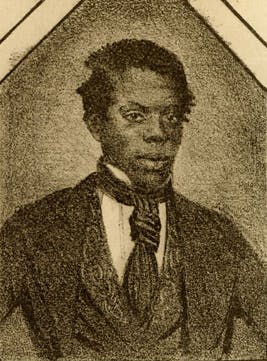
Master Juba used different parts of his feet to create a variation of sounds, and also used song and laughter as percussive accompaniment to his dancing. His dance style was later coined the Juba Dance, a dance of Africans enslaved by white Americans. Juba’s incorporation and masterful skill of several dances made him a crucial figure in the development and evolution of American tap dance.
Vogue and New York Ballroom
The New York Ballroom scene surfaced in the late 1960’s as a safe haven for Black and Latinx LGBTQIA+ communities to express, gather and live as their authentic selves. It consists of events that mix performance, dance, lip-syncing, and modeling. Events are divided into various categories, and participants “walk” for prizes and trophies.
Although predominantly made up of people of color, many of the earlier balls were judged by white people, which resulted in unfair judging and even the exclusion of African American participants. When Crystal LaBeija formed the House of LaBeija in the early 1970’s, Harlem ballroom became the world’s epicenter for ball culture.
Check out the queen Crystal herself:
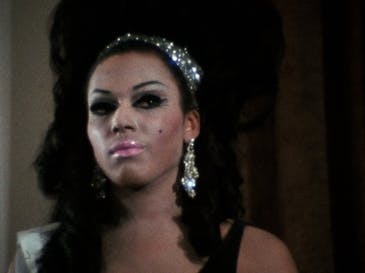
Vogue
Through voguing, individuals can express that gender is a performance. For many, it is an expression of identity, belonging and dignity. Vogue can be separated into 2 forms:
- “Old way” which is incredibly angular and architectural, creating detailed shapes with the body.
- “New way” which added elements of catwalk, duckwalk, spinning, dropping and more elaborate hand performance. It expresses courage and nerve, and tells the story of the LGBTQIA+ community who originated it.
Here is an example of current day Voguing! The category is: Butch Queen Vogue Fem
Paris is Burning
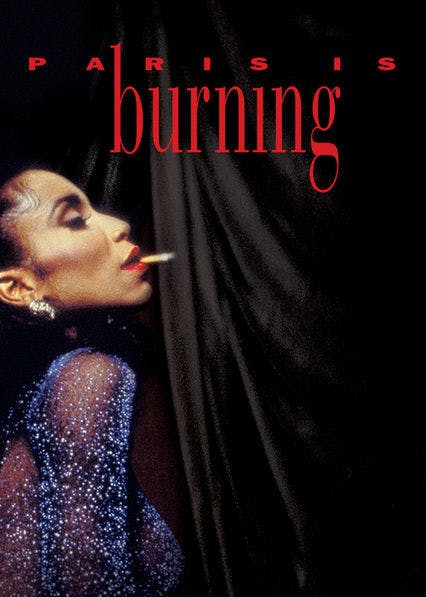
The iconic and historical documentary “Paris is Burning” provides insight into ballroom culture and the origins of Vogue! We highly recommend lending your Friday night to this film – you won't regret it.
Paris is Burning is available for rental through AppleTV & iTunes!
Thank you for learning about these incredible dance legacies with us! Tune in next week as we discuss Tik Tok culture and the Black content creators that influence so much of pop-culture today.
Hip Hop, Techno, and House music
And some of the brilliant Black artists that were behind these genres that we know and love today!
Hip Hop
In August 1973 a young Jamaican-born New Yorker known as “DJ Kool Herc” threw a party in the South Bronx. With a pair of turntables, he improvised a technique that isolated and repeated musical breaks. This laid the foundation for the genre we know and love as Hip Hop.
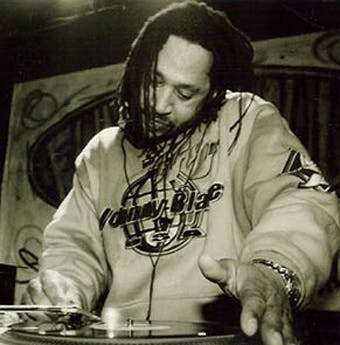
DJ Kool Herc
In 1979 The Sugarhill Gang, a group from suburban New Jersey released “Rapper’s Delight” — one of the first Hip Hop records. As Hip Hop evolved, it became a passion shared amongst many young Americans who embraced it as an outlet to expound upon their politics and identity, creating a vibrant multicultural community across the country.
HOUSE
House music’s origins trace back to the underground clubs of Chicago and New York in the late 70’s. Legendary nightclubs such as New York’s “Paradise Garage” and Chicago’s “Warehouse” laid the groundwork for what we now experience as club culture, and launched DJs to rock star status. Clubs like these provided safe havens for folx who desired to escape from societal issues and enjoy a euphoric experience away from public scrutiny.
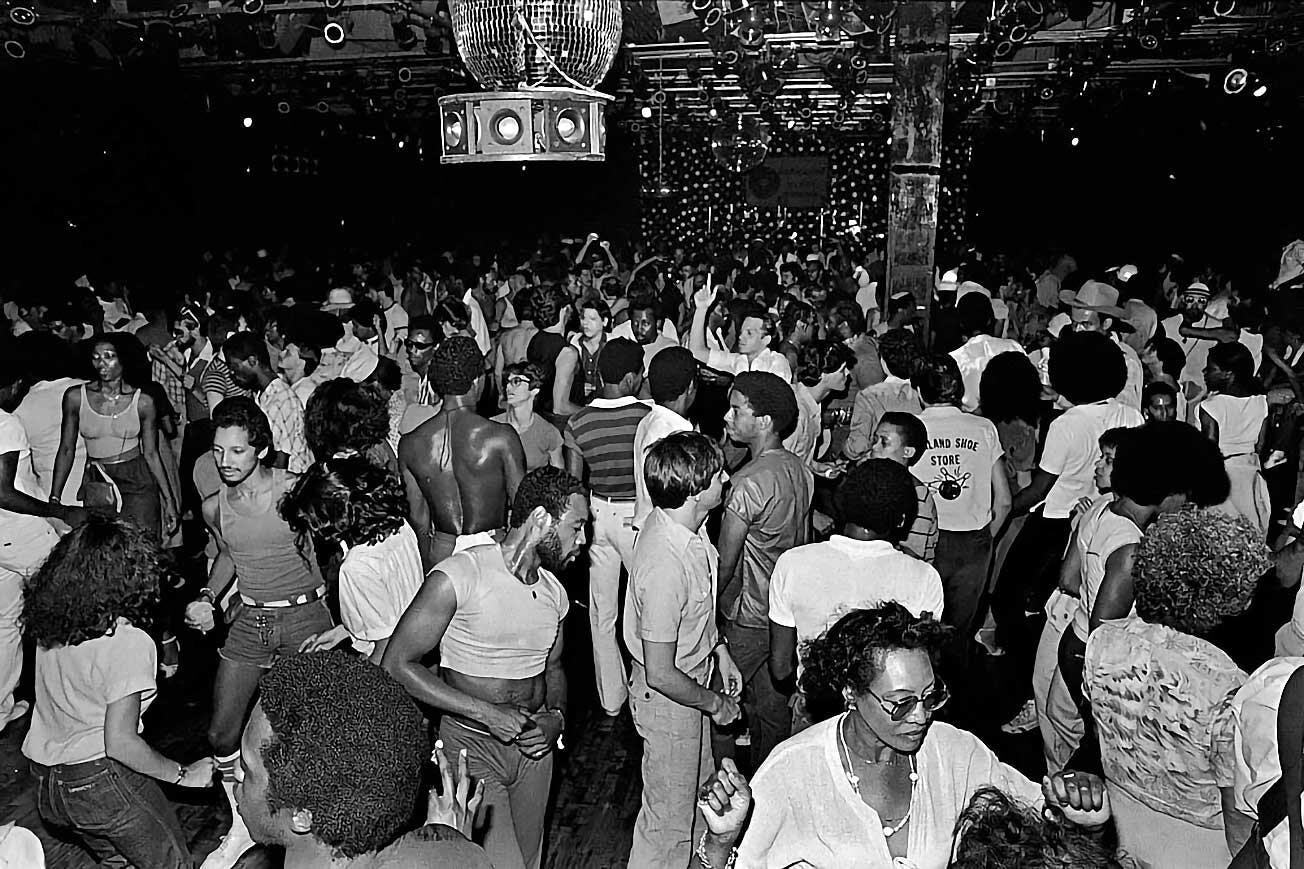
Paradise Garage Nightclub in New York
Frankie Knuckles, Larry Levan, and DJ Ron Hardy are just a few of the many early DJ innovators that played a pivotal role in evolving disco into early house music.
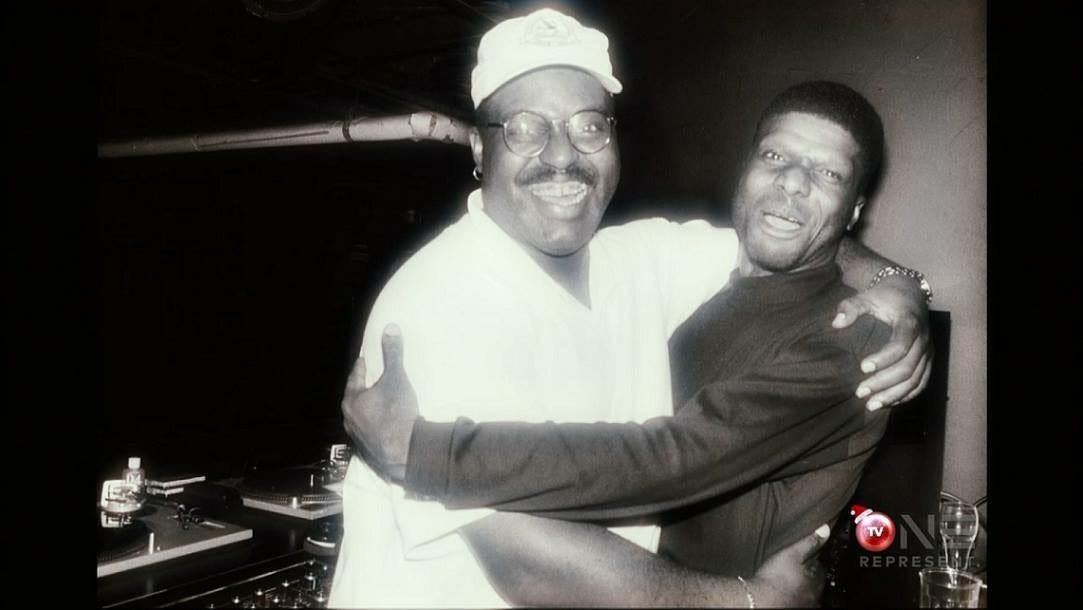
Frankie Knuckles & Larry Levan - Sound Factory NYC 1991
Set aside 20 minutes of your day to read this amazing interview of Frankie Knuckles discussing the birth of house music!
You can also rent the documentary “Larrys Garage” on Vimeo to learn more about Larry Levan and the Paradise Garage!
TECHNO
Techno came out of Detroit in the 1980’s as underground dance music and subculture. It came from the melding of electronic music with Black styles including Chicago house, funk, electro, and electric jazz. With a consistent pulse, some of the instrumental sounds include drum machines, synthesizers, and digital audio workstations.
The Belleville Three, made up of Juan Atkins, Kevin Saunderson, and Derrick May are known as the creators of techno music. Techno music was born from the struggles and the good times of Black people. Other important influences to note were Kraftwerk and Soul Sonic Work.
Close your eyes and listen to this classic Cybotron track “Clear (Original 1983 Mix)”
Who does this track remind you of? :)
Techno is an example of one of the many elevated art forms that Black people built from the ground up and continue to take to another level. Techno influenced a newer genre, EDM, which is now dominated by white people and played at many raves and festivals. The history of techno is often mistold because EDM is known as a “white genre,” but it deserves to be remembered as what it is: a genre created by Black people.
Join us next week as we discuss the present and future of popular music and culture as directed and shaped by influencers today!
Dance sources & further learning
Street Dance Styles: Popping and Locking
Don Campbellock explains the origin of "Locking" | Dir. John Carluccio
Understanding the Ballroom Culture & Its Incredible Impact on the World!
Bq Vogue Fem @ Latex Ball 2019 Part 1
Music sources & further learning
The Sugarhill Gang - Rapper's Delight (Official Video)